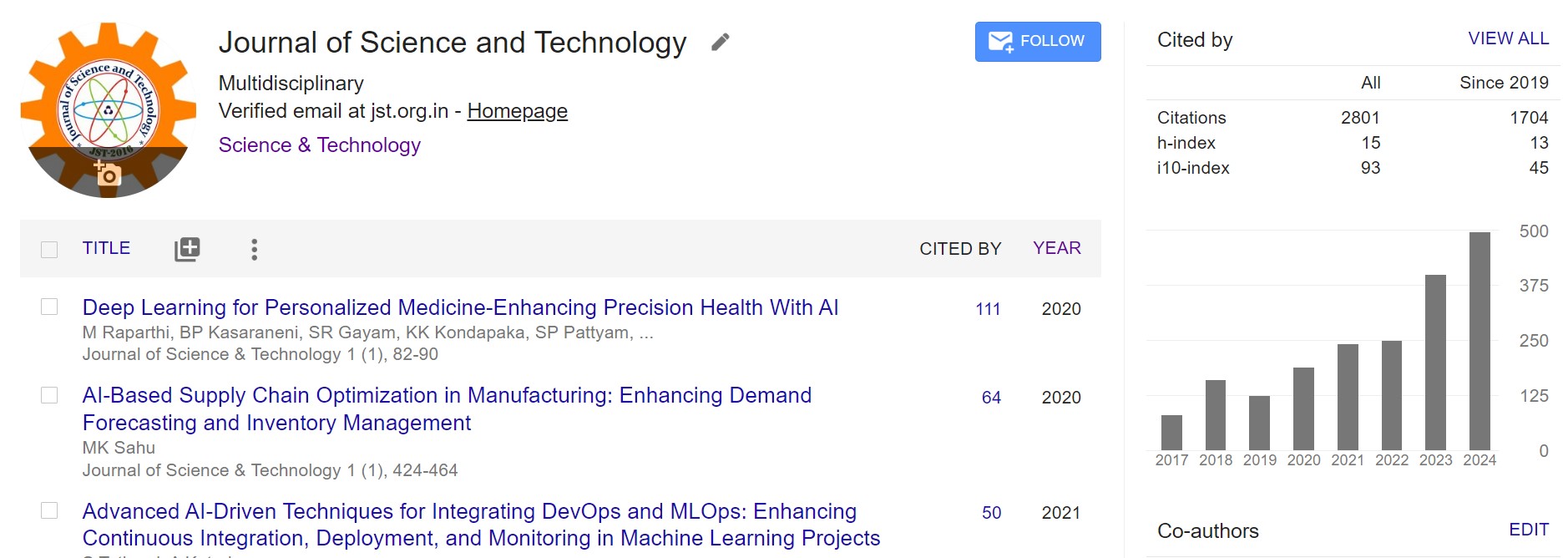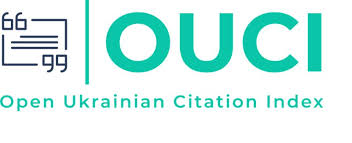Optimizing Secure Cloud-Enabled Telemedicine System Using LSTM with Stochastic Gradient Descent
Keywords:
Cloud computing, telemedicine,, Long Short-Term Memory (LSTM),, Stochastic Gradient Descent (SGD),, real-time patient monitoring, predictive analytics, security, encryption, access control,, scalability, healthcare data,, , machine learning, efficiency, AUC-ROC,, computational overhead.Abstract
The increasing reliance on cloud computing in telemedicine introduces challenges related to security, efficiency,
and scalability. Existing telemedicine systems face challenges such as high computational complexity, making
real-time patient monitoring inefficient. Traditional machine learning models struggle with handling sequential
healthcare data, leading to lower predictive accuracy. Security vulnerabilities, including weak encryption and
access control, expose patient data to cyber threats. Additionally, these systems lack scalability, resulting in
performance degradation as concurrent user loads increase. This study proposes a Cloud-Enabled Telemedicine
System integrating Long Short-Term Memory (LSTM) networks with Stochastic Gradient Descent (SGD) to
enhance real-time patient monitoring and predictive analytics. The LSTM model effectively processes sequential
health data, while SGD optimization ensures faster convergence and reduced computational overhead. Advanced
encryption techniques and access control mechanisms are incorporated to safeguard patient data. Performance
evaluation demonstrates 92% accuracy, an AUC-ROC score of 0.96, and scalable system efficiency. The proposed
system provides a secure, responsive, and efficient telemedicine framework, addressing critical healthcare
challenges in remote patient monitoring.






















